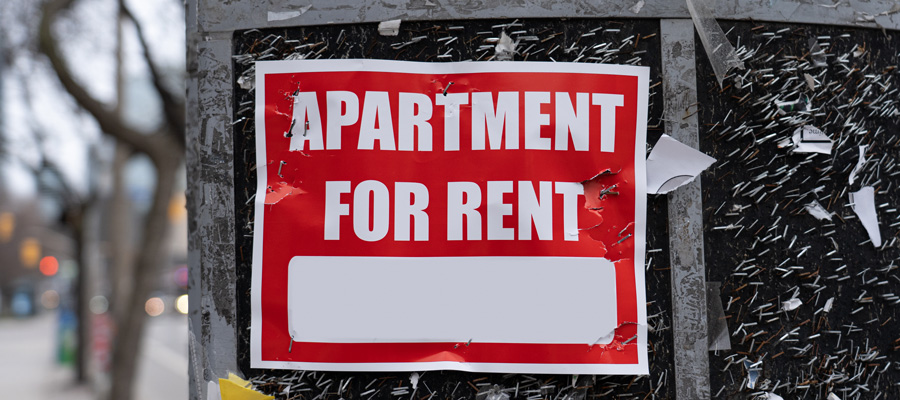How to make the Metro Vancouver living wage work for single parents

The living wage is designed to reflect the real costs of raising a family in a particular community. It’s based on a two-parent families with young children because most Canadian children live in two-parent families, but the goal is for the living wage to also meet the needs of different types of families throughout their life cycle, including single-parent families.
The good news is that in most communities, the living wage is enough for a single parent with one young child to meet their expenses because a single-parent family qualifies for a number of government tax credits, benefits and subsidies designed to help low-income families to supplement their earnings. This used to be the case in Metro Vancouver as well.
Unfortunately, the living wage since 2012 is no longer enough to cover the costs of a single parent with one child in Metro Vancouver. This is because too many programs intended for low-income families (like the BC child care subsidy or the rental assistance program) have income thresholds that are much too low and have remained frozen for years while costs of living keep going up.
For example, a single-parent family earning the Metro Vancouver living wage of $20.64 ($37,565 per year) is eligible for the maximum GST credit and BC low income carbon tax credit, but their family income is considered too high for MSP premium assistance or the maximum child care subsidy. As a result, the government supports received by this single-parent family would leave the family’s total income about $2,700 short of meeting basic expenses.
Note that this is a bit better than last year, when earning $20.68 per hour would have left the family $3,600 short of their expenses. The difference? The new, more generous Canada Child Benefit introduced as of July 1, 2016 provides some extra non-taxable income for the family compared to the old system of child benefits.
Child care subsidy has been frozen for 11 years
Metro Vancouver’s expensive child care fees are a particularly big challenge for single parents. A subsidy is available for low-income families, but the maximum amounts have been frozen for 11 years despite the fact that child care fees have been rising much faster than inflation. As a result, low- and modest-income families are left with thousands of dollars of out-of-pocket child care costs even after receiving a full subsidy.
For example, the maximum child care subsidy for a four-year-old in licensed group care has been $550/month since 2005. This covered almost the entire cost of child care back then but fees in Vancouver have increased by more than 50% since, from $604/ month in 2005 to $925/month in 2015 (according to the Westcoast Child Care Resource Centre’s fee surveys).
A single parent qualifying for the maximum child care subsidy still faces an out-of-pocket bill of $375/month or $4,500 per year.
Income thresholds to qualify for subsidies also frozen
While family supports provided through the tax system have their eligibility thresholds adjusted for inflation every year, the income thresholds to qualify for child care subsidies, rental assistance and MSP premium assistance have been frozen for a number of years (the thresholds for MSP assistance will go up in 2017, after being frozen for six years).
If the income thresholds for these subsidies have kept up with inflation, a Metro Vancouver single parent family earning the living wage would qualify for a full child care subsidy, as well as for partial rental assistance and MSP premium assistance.
Single parents in Metro Vancouver are now caught in the paradoxical situation of being considered too well-off for many government transfers while being unable to cover their basic family expenses, which are growing faster than inflation every year.
Why this matters
If we are serious about reducing child poverty, we can’t ignore single-parent families especially those headed by women. While there are a lot fewer children living in single-parent families, almost half of those living with a single mother are poor – between 45% and 46% in BC, depending on whether you look at the Low Income Measure or the Market Basket Measure. This is four times higher than the poverty rate among children in two-parent families. (Source)
But it does not have to be this way.
Here’s how BC can help single-parent families
This can easily be fixed if the BC government committed to review all low-income subsidies regularly to ensure that the amounts provided are keeping up with the costs of the expenses they are meant to defray (such as child care fees or rent) and that they are not clawed back at income levels that leave many families struggling with a bare-bones budget.
The Metro Vancouver living wage would work for a single-parent family if their child care subsidy was $635/month, they got rental assistance of $180/month and the minimum level of MSP premium assistance.
Alternatively, the BC government could provide public services and programs that shift costs off the shoulders of individual families. Affordable housing, universal affordable child care, national pharmacare, dental coverage for modest income families, eliminating the MSP, and requiring employers to provide paid sick leave are all examples of public policies that would increase the quality of life of BC families.
Topics: Employment & labour, Poverty, inequality & welfare, Women


